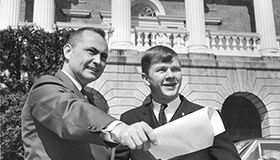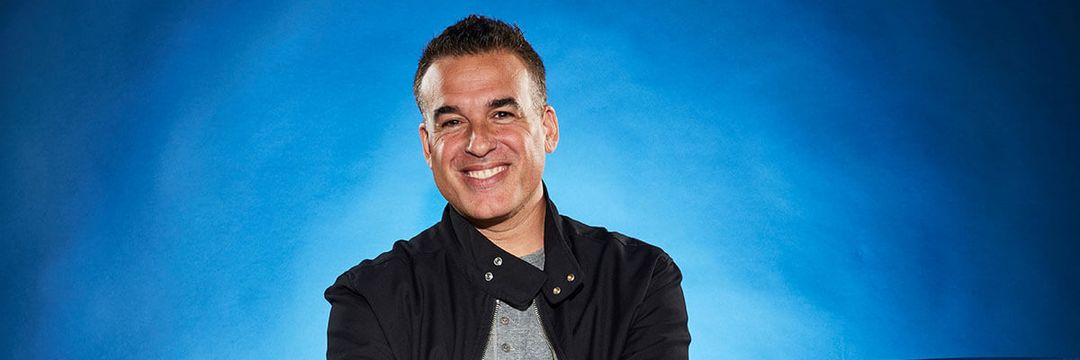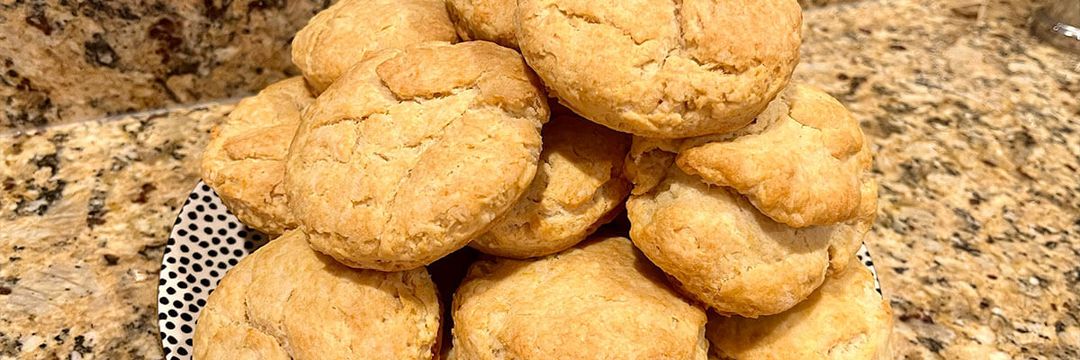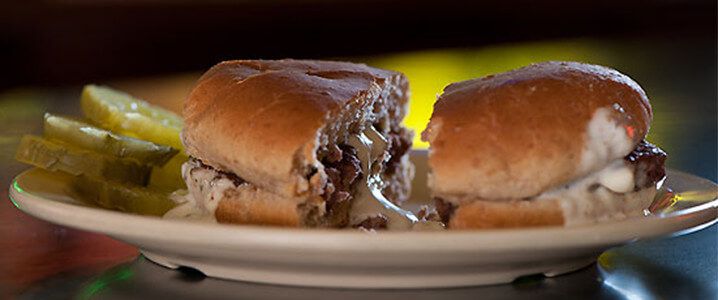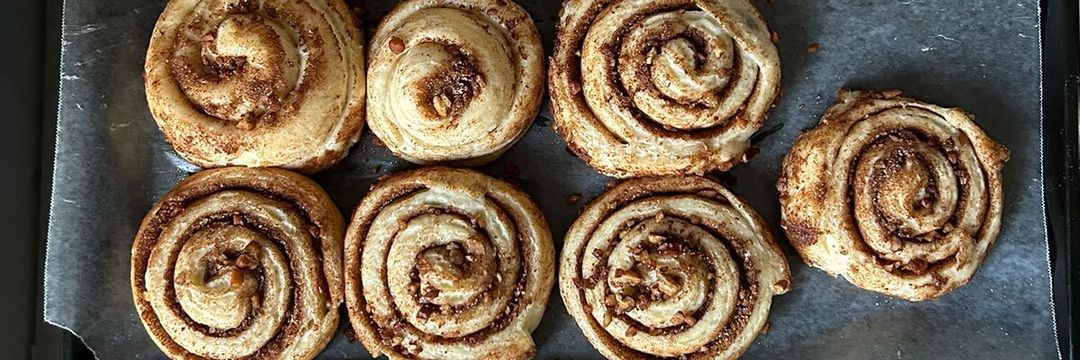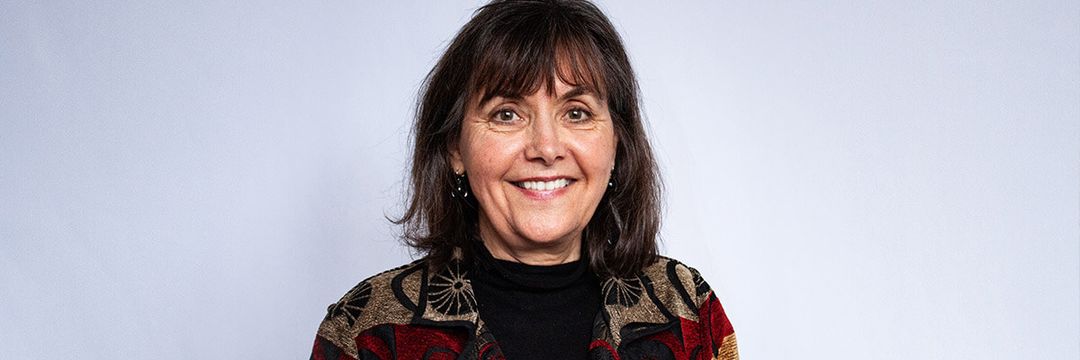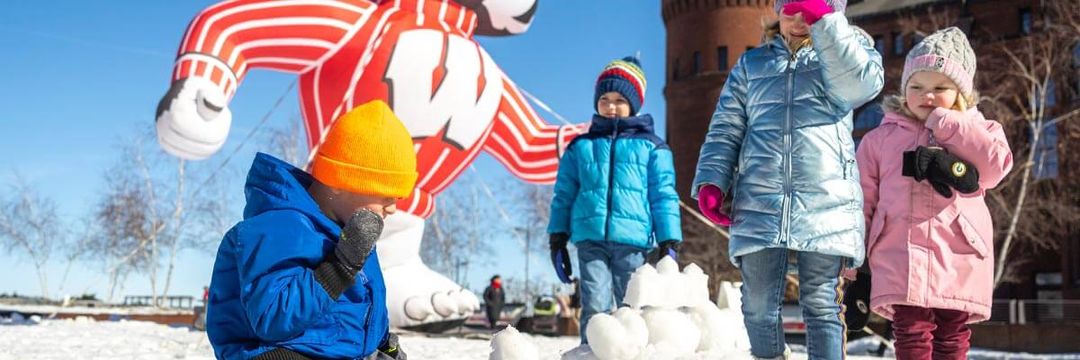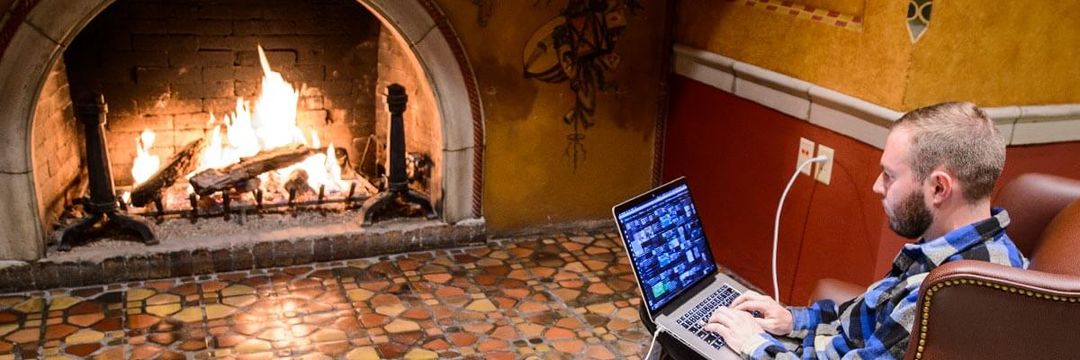Badger Insider Web Exclusive

(expanded from the Summer 2013 edition of Badger Insider Magazine)
Richard Meyst ’71, MS’72 was an engineer long before receiving his diplomas from UW-Madison. A winning high school science fair project (measuring the effects of G-force on hamsters) earned him a tour of UW physics and engineering labs back in the 1960s.
That started him on a path that led to owning an influential medical engineering company in Southern California and developing health care technology that many of us use today.
What is the project that earned you top honors among high school scientists?
It was about the beginning of space flight, and before [NASA] sent anyone into space, they wanted to test the effects on the pilots, as well as give them the opportunity to train.
I spent three years, my sophomore, junior, and senior years [in high school], building a laboratory-scale centrifuge for hamsters. Each year, the project became more involved and more complex. It was tri-axial, meaning it spun around three different rotations, and there was a capsule for the hamster, which was hooked up to electrodes to monitor its heart rate. This was really the beginning of my interest in bioengineering: combining medicine, physiology, and the effects of engineering.
Besides winning the University of Wisconsin tour, I spent a week at a navy base on the East Coast, where I toured a destroyer and was shown some research; I earned a certificate of achievement from NASA; and I spent a few days at the [Federal Aviation Administration] training center in Oklahoma.
What was your favorite part of the UW tour?
The physics department labs had all kinds of experiments with stainless steel pipes and gears and wires. I couldn’t tell you today what they were working on, but for a high school kid, it was a pretty cool deal.

How did the opportunity to meet all those renowned scientists affect you as a teenager?
It exposed me to different careers and certainly convinced me to attend college. I was already interested in the university because my father, brother, and sister were all Wisconsin graduates. [His father, James Meyst ’27, earned a degree in education and worked for many years as an advertising artist in Milwaukee; brother Charles Meyst ’62 also earned his degree in engineering; and his sister, Judith Meyst Sahney ’66, MA’70, spent much of her career in education and broadcast television.]
What was your time as a student like?
It was during the Vietnam War, and Madison was a hotbed of anti-war activity, including times when the National Guard arrived on campus with fixed bayonets. It was pretty crazy. I didn’t want to go to Vietnam, to spend all my time getting an engineering degree only to get drafted. So my senior year, I dropped a required course in resume writing and job interviews, which allowed me another year in school. It was a really good thing because that decision kept me out of the army, but also gave me time to take a bunch of classes that didn’t fit in otherwise.
Who at the UW made a difference in your life?
I had the most wonderful, brilliant grad school advisor, Professor Ali Seireg PhD’541. He lectured us not only on engineering, but the world. I ended up getting a medical deferral from Vietnam after graduation, and Seireg convinced me to come back to the UW, where I spent a year on my master’s thesis on the artificial heart.
I worked part-time for the mechanical engineering department, helping Bob Sandberg ’64, MS’672, who was really focused on working with students to employ electronic measurement into their research and projects. We’d go out to the military surplus facility in Madison and buy up used oscilloscopes and all kinds of stuff we could scavenge, and get it working again at much less cost. It was a really neat job.
Because of my extra year at the UW, I was able to take a music appreciation course with Gunnar Johansen, the artist in residence at the university at the time. He was an incredible figure at the university, and to be in there Friday afternoon after a hectic week, sit back and listen to this world-class philosopher, artist, pianist, composer … it was a really neat way to end the week.

Favorite memories?
I have to mention the Rathskeller at the student union … Plazaburgers … home football games … Homecoming was very important … I love to sail and was a member of the Hoofers Sailing Club. We used to study at the Memorial Library off State Street and then after a few hours, head over to the Kollege Klub for a few beers and pinball. I had a fabulous time in Madison.
You’ve worked in health care for forty years. What are some of the most important advances you’ve seen?
Imaging and diagnostics is one — the ability to see inside a patient’s body with incredible precision allows doctors to develop very targeted therapies. Surgery has also changed dramatically. Thanks to advances in laparoscopic instruments, you can perform surgery without a major cut, meaning less trauma and faster healing.
Of the technologies you have worked on, which are you most proud of?
At Baxter [Travenol Labs] I developed a system to make blood donations safe by filtering out the tiny clots that form as blood ages. We didn’t really realize the need to filter blood until the Vietnam War, when servicemen were suffering massive wounds and needed massive transfusions.
The filtration system is no longer needed because blood is separated, but we made about 1 million products over twenty years, and I know a lot of people benefited from that.
What are you working on now?
We’re developing a computer-controlled device to keep track of a patient’s medications and even dispense them. People who are very sick often have complex medication requirements, and doctors need a way to improve compliance and make sure patients take their medications on time.
A lot of the instruments used for laparoscopic surgery out there today are uncomfortable, and don’t fit any natural hand motion, so we’re working on an ergonomic hand piece to reduce fatigue and allow the surgeon to be faster and more precise.
We’re developing an improved method of collecting umbilical cord blood. When a baby is born, the umbilical cord and placenta are eventually thrown away, but the cord blood is rich in stem cells, so we are looking at a faster and easier way to collect and store more blood. It’s the project I’ve been working on the longest, and I cannot believe I’m not done with.
What’s on the horizon in medical technology that has you most excited?
The biggest advances are happening in cellular therapy. Cord blood has stem cells that could be manipulated to become nerve tissue or cardiovascular tissue, and possibly treat diabetes or Alzheimer’s. There will always be a need for surgery and pharmaceuticals, but the use of a patient’s own cells that can be put back into them to go to work and cure the root cause of a disease? That is probably THE coolest thing I’ve ever been a part of.
What advice would you have for current students or young alumni?
Do what makes you happy, and you will do an excellent job, whether you’re an engineer or anything else. If you don’t enjoy it, find something else! You have a long career ahead of you.
Why are you proud to be a Badger?
I was instilled with a great work ethic and found that hard work and dedication resulted in success on many fronts. In addition to my technical science, math, and engineering courses, I was able to broaden my education with classes in economics, music, anthropology, speech, and psychology. My degree prepared me for the world and helped me be a contributor to the betterment of mankind.
But most of all, it was the great people I met and came to know that made the experience so valuable.
I run across Badgers everywhere, and they are all great people.
